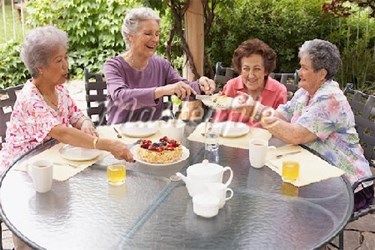Innovative Food Products Will Be Essential To The World's Aging Population
By Isaac Fletcher, contributing writer, Food Online

As the global population ages, the demand for foods that provide an added health benefit is expected to increase, providing an opportunity for food producers to capitalize on a currently underserved market
The aging population will generate a significant drive for the innovation of health and wellness foods and drinks. Growth in the market for such products has been steady since 2013, and should increase as the population continues to age. By 2018, around 10 percent of the global population will be over the age of 65, and by 2050, the elderly population in the U.S. is expected to double. This means that there is plenty of opportunity in the market for food and beverage manufacturers to tailor products to that demographic.
Not only will the demographic and potential market increase in size, opportunity is further provided by the fact that there is a limited amount of products on the market that incorporate functional ingredients. Because the market is relatively underserved, an aging population will act as a catalyst for growth of functional food and drink products. Food and beverage producers that hope to profit by serving an elderly demographic should invest in functional ingredient research. There is an abundance of GRAS (generally recognized as safe) functional ingredients which can help a food producer create products that can give the consumer health benefits such as more energy, improved eye health, cognitive ability, or a boosted immune system, just to name a few.
Aging consumers that are reasonably healthy are typically interested in producers that focus on vascular health, immune functions, and bone and skeletal health. Being able to adapt and change to ever-changing consumer demands is necessary for manufacturers to hold the interest of its customers. When designing products for an aging population, it is also important to take into consideration the sensory changes that can occur as a person ages. This means adapting recipes to account for potential changes in the customer’s taste, sight, and smell senses.
